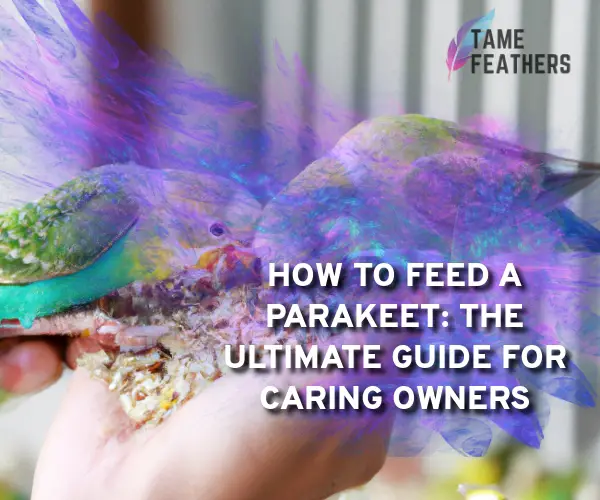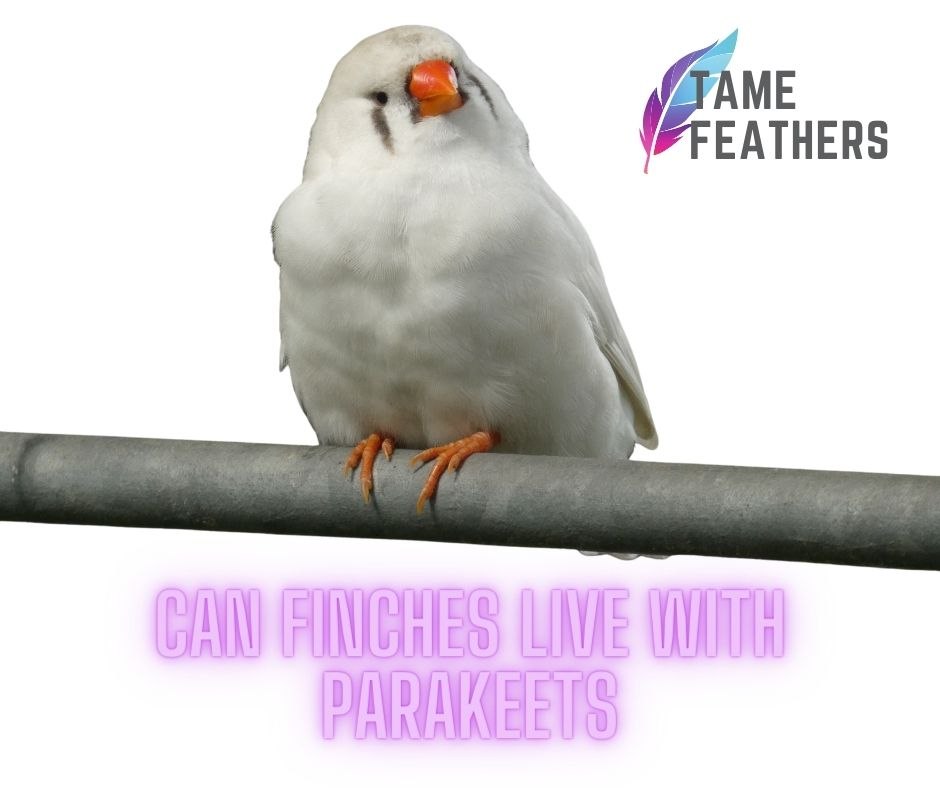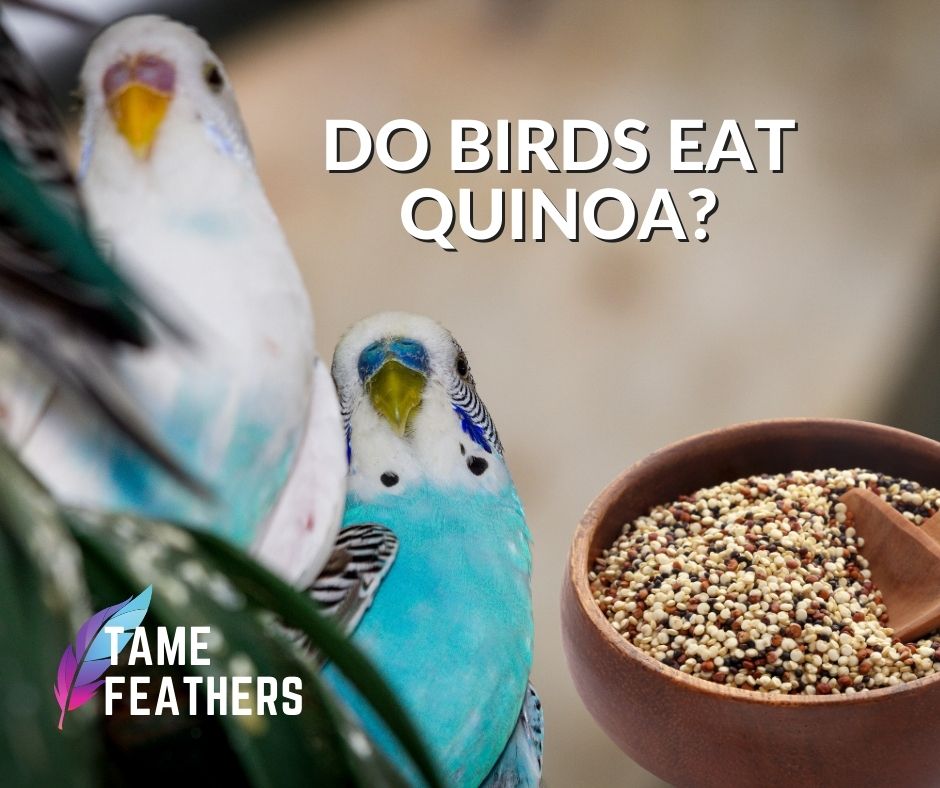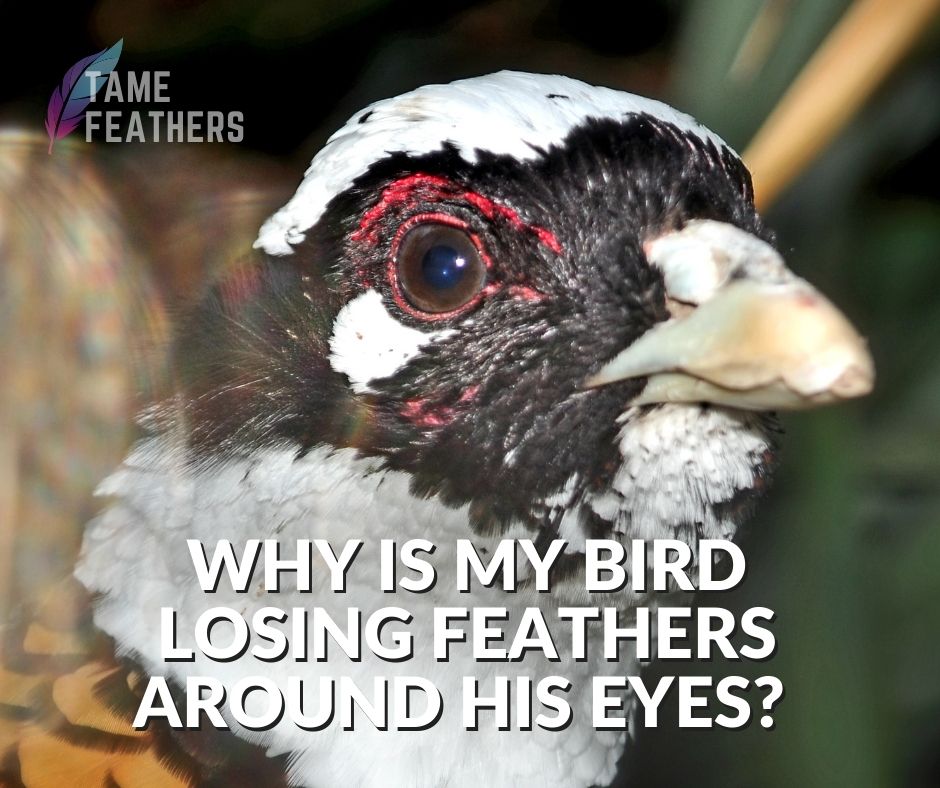Parakeet Diet Basics
The ideal diet for a parakeet is one that consists of seed mix, pellets, and fresh fruits and vegetables.This can be supplemented with occasional treats such as millet spray or honey sticks.
It is important to remember that parakeets are omnivorous birds, meaning they need both plant-based and animal-based foods in their diets.
A healthy parakeet diet should consist of approximately 60% seeds (or pellets), 15% fresh fruits/vegetables, 10% legumes/grains, 10% nuts/nut butters and 5-10% treats.
Seed mixtures should make up the bulk of your bird’s diet; however it’s important to note that not all seed mixes are created equal.
Look for a quality mix which contains a variety of different grains including millet, oats, buckwheat etc.
, as well as some form of protein such as sunflower seeds or peanuts.
Pellets have become increasingly popular over the last few years due to their ease of use and convenience factor; however they should only account for around 40-50 % on your bird’s total daily intake – so don’t forget about the other food groups! Pellets come in many shapes & sizes so try different brands until you find one that suits your bird best – look out for ones containing plenty of vitamins & minerals too.
How Much To Feed Parakeets
When feeding your pet parakeet it’s important not to overfeed them; most species require between ¼ cup – ½ cup per day depending on size & activity level.An easy way to measure this is by using an ice cream scoop or measuring spoon – just remember not to feed more than what has been recommended.
You’ll also want to pay attention to how much water you’re providing your pet with each day; aim for 1oz per pound body weight minimum – add electrolytes if necessary during hot weather spells (ask at your local pet store).
Additionally any leftover food from breakfast time should be removed from the cage before evening mealtime arrives.
Trending
Fruits And Vegetables For Parakeets
Fresh fruits & vegetables are an essential part of any balanced avian diet – think dark leafy greens like kale & spinach alongside crunchy carrots & peppers plus various types citrus fruit (avoid avocado!).Fruits offer excellent sources of vitamins while veggies provide valuable fiber content which helps keep digestion running smoothly within our feathered friends.
When introducing new items into their diets always start off slowly: begin with small amounts before gradually increasing amounts over time once you’re confident they’re eating everything given without issue.
Treats For Parakeets
Treats shouldn’t comprise more than 10 percentof aparrakeet’sdiet but can still be offered occasionally in moderation.Examples include honey sticks (these will help encourage natural behaviors like preening) dried egg yolk powder(great source calcium)andmilletspray(highinprotein).
Don’t forget shredded paper& cardboard too– these act great environmental enrichment tools while still being enjoyable snacks!
As always when offering treats carefully monitor how much is consumed throughouttheday–itsshouldneverexceedmorethan20percentofthebirdstotalcaloricintakethroughouttheday.
.
Too many treats can lead health problems down line so its important stick within limits set here ensure proper nutrition remains top priority.
< p >< p /> < h 2 >Timing Of Meals The timing meals critical aspect any successful dietary plan–yourparrakeettakesneedregularscheduledmealtimesensuretheyaretakingadvantageallbenefitsofferedbytherichvarietyfooditemsavailablethem .
Aim fed least twice daily once morning then again early evening hours – scheduling times coincide closely known periods activity seen typically amongst wild populations assist greatly keepingmindbodyclockinline .
Additionally having access fresh water available 24 7 imperative maintaininghealthymoisturelevelswithineachindividualbird .
.
< p />> < h 2 >Conclusion > Logically planned nutritionally complete diet key ensuringlonglastinghealthy lifeforyourpetparrakete ; fortunately , thanks modern advances science readily commercially prepared products now exist make process easier ever ! Remember focus primarily seedmixes , pellets ,freshfruitsandveggiesalongsideoccasionaltreatsinmoderationforthoseextra special occasions .
.
.
.
We Thought You Might Want To Know This About Parakeets… 😊
Thanks for reading this article: ” How To Feed A Parakeet: The Ultimate Guide For Caring Owners” Seeing as you were interested in this topic, you might find the following articles useful, too!Have a read of these… can parakeets eat crackers,
blue parakeet book,
parakeet cute






